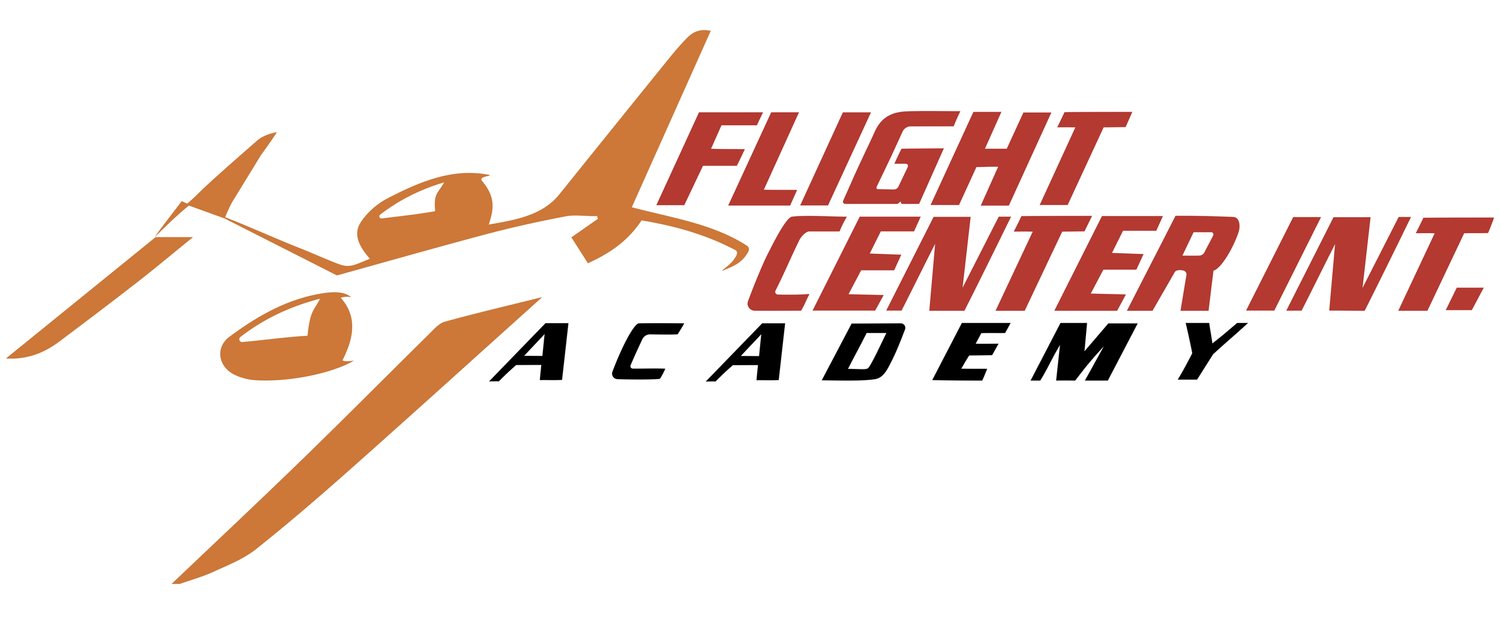Becoming a commercial pilot is a dream for countless aspirants. Like many other professional aims, however, there are some specific hurdles you'll need to overcome to achieve your goals and gain your American Commercial Pilot License, or CPL.
Learning to Fly
Earning your Private Pilot License, or PPL, is the first prerequisite for enrolling in any commercial program. This license permits you to fly solo, so it's a necessity for logging the many training hours you'll require to become a domestic or international Student Pilot. Most PPL programs mandate that students be at least 16-years-old to enroll, and you'll also need to obtain a Class 2 medical certificate attesting to your health.
Requirements for Commercial Pilot License in United States
Enrolling in Commercial Pilot Program
After successfully earning your PPL, reaching the age of 18, and logging 150 total hours of flight with 50 hours as the Pilot in Command, or PIC, you can apply to become a commercial student pilot. Of course, there are also a few other requirements for enrollment.
Students must upgrade their medical certificates to Class 1 status by passing more stringent vision, hearing and other tests. They also have to pass academic examinations that demonstrate their knowledge of mathematics, physics, and the written and spoken English language.
Learning to Fly for Profit
Student pilots who successfully enroll in U.S. schools need to pass ground training courses and log no less than 250 hours of flight training. While the International Civil Aviation Organization, or ICAO, established relatively uniform Commercial Pilot License requirements, the process of earning an American Commercial Pilot License may be different than earning one in a different nation.
For instance, as recently as 2012, U.S. CPL holders could serve as PICs on regularly-scheduled passenger flights, although the country caught up with the rest of the world in 2013 by mandating that PICs also hold Airline Transport Pilot Licenses, or ATPLs. U.S. and international student pilots typically earn ATPLs by logging 1,500 total flight hours, logging 250 hours as a PIC, passing written tests and satisfying the CPL requirements.
Because Commercial Pilot License requirements may vary based on what type of career path you want to pursue and the types of aircraft you plan to fly, it's critical to investigate each program in depth. Almost every commercial student pilot needs to earn certifications like instrument ratings and multi-engine ratings, but your chosen career path may necessitate additional credentialing.
Beginning Your Career
Remember that these requirements are the bare minimum. In addition to passing practical and theoretical exams and completing training, you'll need to beef up your resume with flight hours to find employment. CPL holders who obtain diverse experience, such as flying for charter companies or municipalities, may find themselves in better positions to land coveted jobs at passenger airlines. We have trained many international pilots who have discovered careers at LAN Peru Airlines, JetBlue, or flying for private Jets. The opportunities are endless.
To begin you career email us for a consultation or call us at 954-668-0203


